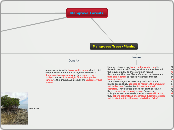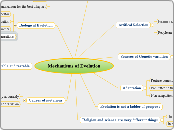realizată de Y.T .Wong 13 ani în urmă
1517
Mangrove Forests
Mangrove forests thrive in regions with high temperatures and significant rainfall, resulting in their dense and luxuriant nature. Due to their competitive growth for sunlight, mangroves form a continuous canopy that permits minimal light to reach the ground, leading to sparse undergrowth.








